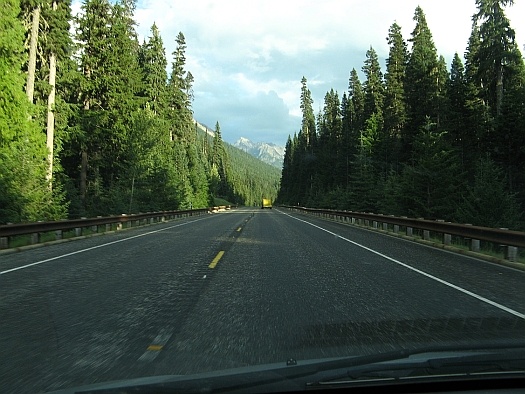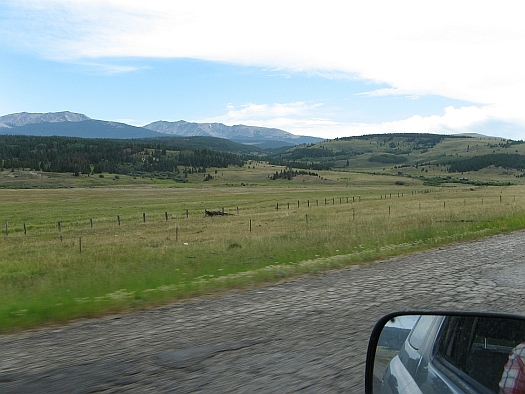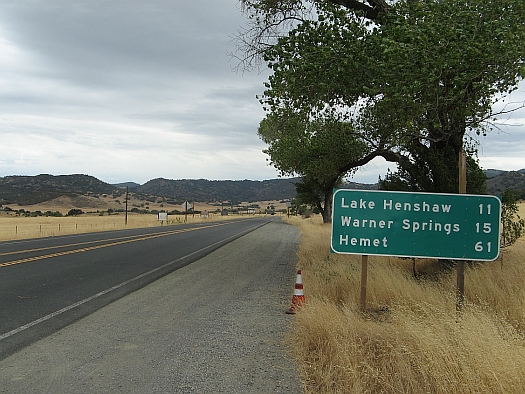
At the start of each new year, I look back at the old to reflect upon my successes and failures. Which goals did I fulfill, which ones remained merely dreams? One failed project that continues to haunt me is The Cider Guide to North America, a book that I began researching in June 2012. Armed with a laptop, camera, voice recorder, GPS receiver, and a pocket notebook, I set out on the first of what my wife and I would refer to as my “cider trips.” This journey through the Mid-Atlantic took me to 12 different cidermakers and distillers, all generous with their time and all eager to share their stories. The six-day trip from Virginia to New York was exhausting but incredibly energizing. I was convinced more than ever that cider had a bright future and that I was in the right place at the right time to document it.

Future trips took me to the West Coast, the Great Lakes, the Hudson Valley, and New England. Along the way, I angrily pounded my steering wheel in snarled traffic, was hassled by a customs agent even though I’d declared every bottle, and grew sick of McDonald’s coffee and Panera sandwiches. Some visits didn’t materialize and I had to readjust my complex itinerary on the fly. I slept on tasting room floors, in unheated guest houses, at primitive Forest Service campgrounds, in brightly-lit rest areas, and next to somber gravestones in an out-of-the-way cemetery. But I also drove on more jaw-droppingly scenic roads than most people will experience in a lifetime. I shared lavish meals and drank amazing cider with gracious hosts who took a chance on someone they’d never met. I was welcomed with open arms nearly everywhere, and was amply rewarded for stepping out of my comfort zone to undertake such a Herculean (perhaps Quixotic?) task. I still shake my head in wonder at all of the hospitality I was shown.

In all, I’ve interviewed over one hundred cidermakers, winemakers, distillers, orchardists, importers, event promoters, and bar owners, gaining a broad-spectrum view of American cider culture in the process. I’ve traveled to Franklin County CiderDays (twice), GLINTCAP (twice), and Virginia Cider Week. I’ve made many friends through cider, which left me feeling all the more guilty for putting the project on the back burner. I knew there was still demand for the information I’d gathered and the perspective I’d gained, yet somehow life kept getting in the way…a common theme for those who can’t yet justify a full-time career in cider.

My wife Melissa has repeatedly urged me to dust off my notes and revive the book project. I knew she was right; cidermakers across the country had taken time out from their busy schedules to speak with me, and I’d done almost nothing to repay that debt. Recently she upped the ante by offering her services as writer, editor, fact checker, layout designer…basically whatever I needed to help the book project rise from the ashes. So I’m pleased to announce that, together, we are hard at work making the first guidebook to American cider a reality.

The New American Cider Guide will profile every commercial cider producer in the United States, from the smallest garage operation to the largest industrial behemoth. (If it’s not on our map, it won’t be in the book. Leave a comment if we’ve overlooked you!) Taken as a whole, these profiles will offer an insider’s view of the resurgence of modern American cider culture. The New American Cider Guide will appeal equally to the intrepid cider traveler who is planning a road trip and to the curious cider enthusiast who wants to learn the story behind what’s in the bottle.

If you haven’t already, please like Cider Guide on Facebook, follow Cider Guide on Twitter, and subscribe to these Cider Guide posts (at the top of the right sidebar) for updates on the book’s progress. You can also visit ciderguide.com/book for more information. Cheers!